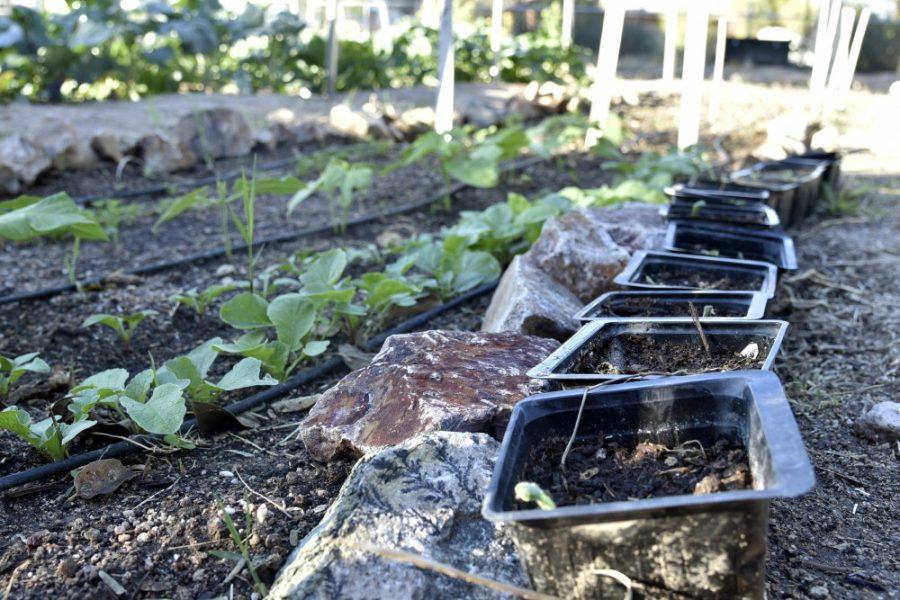The UA Green Fund held an open meeting on Wednesday, Nov. 30 to review 33 pre-proposals for annual grants for next year.
The Green Fund is a committee of 10 students who decide how a $400,000 fund for sustainability projects is allocated. Project leaders submit pre-proposals for annual grants of at least $1,500.
After these pre-proposals are approved, they then submit their final proposals near the end of January for approval by the Green Fund, which is decided after further committee deliberations in February.
RELATED: Community Garden water cistern benefits sustainability while cutting costs
This year’s amount of pre-proposals was the second-lowest the Green Fund has received, according to Madeline Ryder, the Green Fund chair and a second-year master’s student in the water, society and policy program.
Ryder said the Green Fund has had trouble with marketing, even though the committee requires that projects they fund include some kind of way to market the Green Fund, such as putting the committee’s logo on t-shirts or making an announcement at a funded event.
“It’s really incredible to me that a lot of students don’t know that $400,000 of their money goes toward this fund and that they can apply to use that money for projects that they think are necessary or useful,” Ryder said.
Ryder said she thinks the marketing mechanism helps a little but is like “preaching to the choir.”
As for the pre-proposals submitted, only three out of 33 did not pass. Ryder said the criteria for the pre-proposals to be approved were that they were feasible and were relevant to sustainability and students on campus.
“It’s a pretty wide range of pre-proposals that we’re going to accept because we want to see them develop these ideas,” Ryder said.
Julia Rudnick, the coordinator of campus sustainability programs, said she has noticed the Green Fund has shifted the kinds of things they are interested in funding over the years.
“When it first started out, they were really interested in decreasing our carbon footprint here at the UA,” Rudnick said. “As time has gone by, they’re really interested in how does this directly benefit students, like getting ready for jobs and in terms of engagement.”
Diego Martinez-Lugo, the vice-chair of Green Fund and a senior majoring in environmental studies and geography, said he liked many of the proposed projects, but one that stood out to him was the Wildcat Green Reach project. This project proposed working with high school students in Tucson to develop grant-writing skills and sustainability projects. The pre-proposal requested a one-year grant of $18,200.
RELATED: ENR2 goes platinum with LEED certification
“A lot of students that go to the university either already have an environmental sustainability ethic when they come into it or they develop it toward the end of their undergraduate career, so when they get established they are about to graduate,” Martinez-Lugo said. “So it’s really important to develop that early on in someone’s development.”
The amount of final proposals approved depends on the amount of money each proposal requests, Martinez-Lugo said.
According to Green Fund treasurer and senior majoring in engineering management Nohe Garcia’s report at the beginning of the meeting, the Green Fund has a budget this year of $470,900 and has allocated $257,000 so far. Ryder said the amount of money requested in the pre-proposals is twice the amount available.
Because funding limits these proposals, details are important in deciding to approve final proposals, Ryder said.
“It really boils down to people’s understanding of the content and their judgment on whether or not it best suits the students of the UA,” Ryder said.
Follow Ava Garcia on Twitter.









